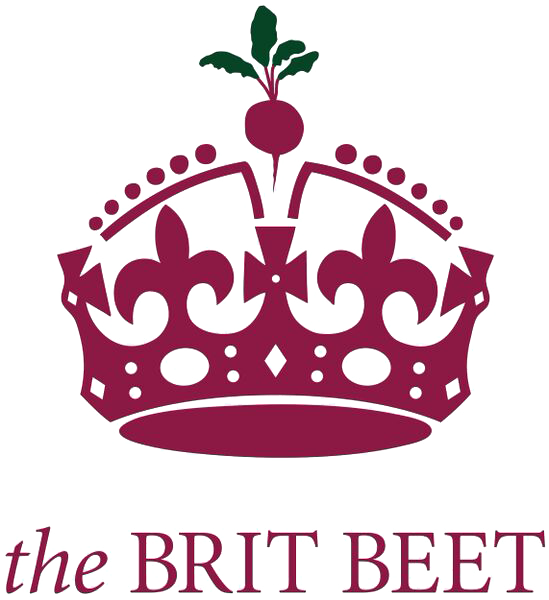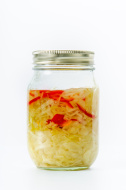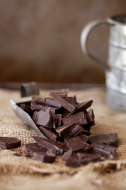Did you know that over 70% of your immunity is housed in YOUR GUT (aka your digestive system)?
Confused? Let me explain: Our gut is a 16-24ft long tubular set of muscles that run from the mouth to the anus, and, according to Elizabeth Lipski, Ph.D., author of 'Digestive Wellness', it's a self-running, self-healing miracle, sloughing off and renewing its lining every three to five days.
Inside is a host of bacteria, comprising 99 percent of the DNA in our bodies! In fact, we have approximately 10 TIMES more bacteria in our gut than cells in our body. A healthy person's gut will contain mostly good bacteria (aka beneficial bacteria) and it's the good bacteria that we need in order to keep our immune systems running like well-oiled machines, #keeping us healthy and vital!
But that's not all. Having a healthy gut, full of good bacteria doesn't just increase our immunity; it also helps:
control our weight
makes us feel happy (smiley face)
help us sleep (love that!)
prevent diabetes
combat certain cancers
lessen the likelihood of cardiovascular disease
Sounds really good, doesn't it! However, there's a catch!
We can sabotage our gut friendly bacteria if we do any of the following: Get stressed out, eat a nutrient deficient diet, take medications, ingest chemicals, drink too much alcohol, pick-up a bacterial or microbial disease and a number of other factors that are too many to name! Of course, all of us are doing one or many of these self-sabotaging events on a regular basis! So what we need to understand is that this tips the delicate balance of good bacteria and we end up with a proliferation of bad bacteria that takes up residence in our gut like bacterial squatters. The result: A heap of long term negative health issues, most notably a significant drop in our overall immunity.
But before you get panicked about 'nasties' wiggling around in your gut, I have happy news for you! If we feed our gut with probiotic-rich foods, we can help tip the balance back to the good side. Why? Because probiotic foods are FULL of good bacteria. Actually, probiotic foods are the good bacteria in a jar. It's that's simple.
Which are these probiotic-rich foods, you ask? Really any food that is fermented or cultured because it contains Probiotics - aka the good bacteria! These foods have been used for hundreds of years by many cultures for their health giving benefits - sauerkraut in Europe, kimchi in Asia and yoghurt in the form of a lassi in India: Fermented and cultured foods are gaining in popularity in north America and you need to get on that probiotic immunity train. Not sure what foods are fermented and cultured? I've got you covered. Here's a shortlist of the more common ones at your local health food store:
Chocolate (great start!)
Kefir (diary or coconut)
Kimchi (I love LIVE brand)
Kombacha (delicious tea-like concoction)
Miso (go for the lighter colors for a mellower flavour)
Olives (who doesn't love an olive or two)
Pickles (brine-cured, not vinegar)
Sauerkraut (favourite lunch addition)
Tempeh (more of an acquired taste)
Wheat grass juice
Yoghurt (unsweetened, naturally!)
Always opt for glass bottles and certified organic, when possible. Most of these item you will find in the fridge section of your local health food store.
One final BRIT BEET tip: Since the good bacteria do not stay permanently in our gut, we need to eat fermented and cultured foods regularly. So on that note, how often do I eat them? I indulge in them EVERYDAY and my immune system has never felt or been so strong. I've even got my husband hooked... in fact he couldn't wait for me to finish this blog because it's time for our daily helping ... someone's been listening to their gut!











